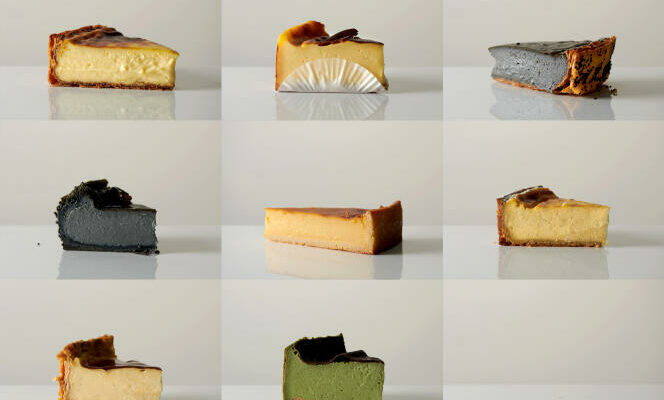Like everyone born between the beginning of the 1980s and the end of the 1990s, I belong to the “Flanby generation”. I experienced the Gulf War, the death of Princess Diana, the “Guignols of the news”, the Discman, the beginnings of the Internet… And, like all millennials, I devoured astronomical quantities of this famous dessert: a type of caramel flan, very sweet, recognizable by its transparent container and its fluted walls.
All the marketing genius of the product distributed by the Chambourcy brand resided in the small aluminum cover which was glued to the back of its base. A relatively popular fashion among 5-12 year olds, largely inspired by advertising spots broadcast on television, consisted of inverting the pot into the hollow of a plate then pulling the tab to create a draft of air. A river of industrial syrup then flowed down either side of what looked like a nice, plump flan – in reality: a mountain of gelled and ultra-processed milk, yellowish in color. The dessert, both simple and fun, which could even be found on canteen tables, always had its little effect – even if, nowadays, the list of ingredients displayed on the back of the label (artificial flavors , colorings, gelling agents, modified starch) would be enough to scare any Nutri-score scale.
Despite everything, I have long maintained a particular affection for Flanby. Slightly prone to Peter Pan syndrome, I sometimes bought half-dozens and stashed them, somewhat guilty, at the bottom of the vegetable drawer of my fridge. Tasting a pot of Flanby – just like drinking a carton of Candy’Up (a chocolate drink) or a bottle of Orangina (an orange soda) – was a way for me to cultivate a form of childish nostalgia; to remind me of the flavor of a time, that of the 1990s, when we seemed to care more about the aesthetics of a food product than its real nutritional value. Bad luck, I now associated the taste of flan with that of Flanby.
An affectionate, almost addictive relationship
The flans I set my sights on generally had a very gelatinous texture, a flavor that was anything but natural, and, when I think about it, more closely resembled some sort of edible playdough rather than an actual dessert. It was only after having had the opportunity to taste some excellent pastry flans (those from L’Essentiel bakeries, by Anthony Bosson, or Cyril Lignac pastries, in Paris, among many others) that I became fully aware of the taste pleasure that I had been missing out on all these years.
You have 65% of this article left to read. The rest is reserved for subscribers.
